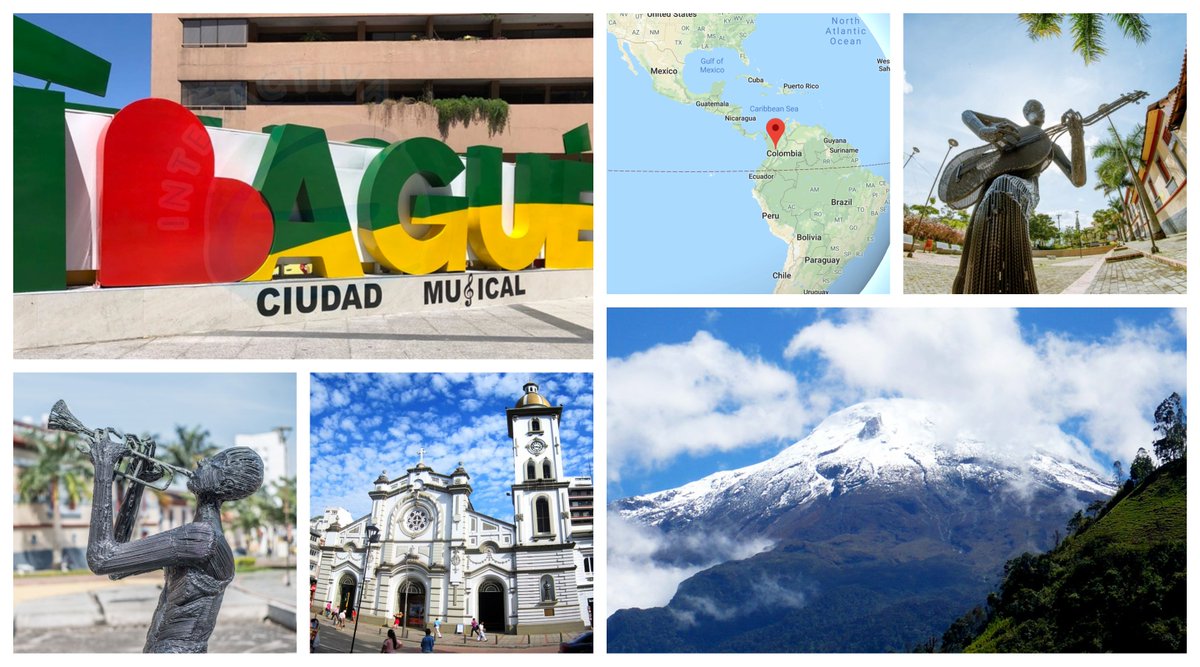But still, it's eye-opening and quite vivid.
One path for people born into the middle class, the other for people born into poverty and/or to immigrants.
* gifted and talented education programs, scholarships, etc.
* mentors and benefactors from the existing (mostly white) middle class
* following in the footsteps of family members
1. discrimination by whites
2. the need to support poor family members financially
1) a path to citizenship
2) income stability for lower-class Mexican-Americans
3) more mentorship and tracking for lower-class Mexican-Americans
Basically, the idea is to selectively find and boost talented poor Mexican-Americans to middle-class status, after which they will in turn uplift the rest of their communities.
And it's also nice to read about things going right in America once in a while, instead of things going wrong.
(end)


